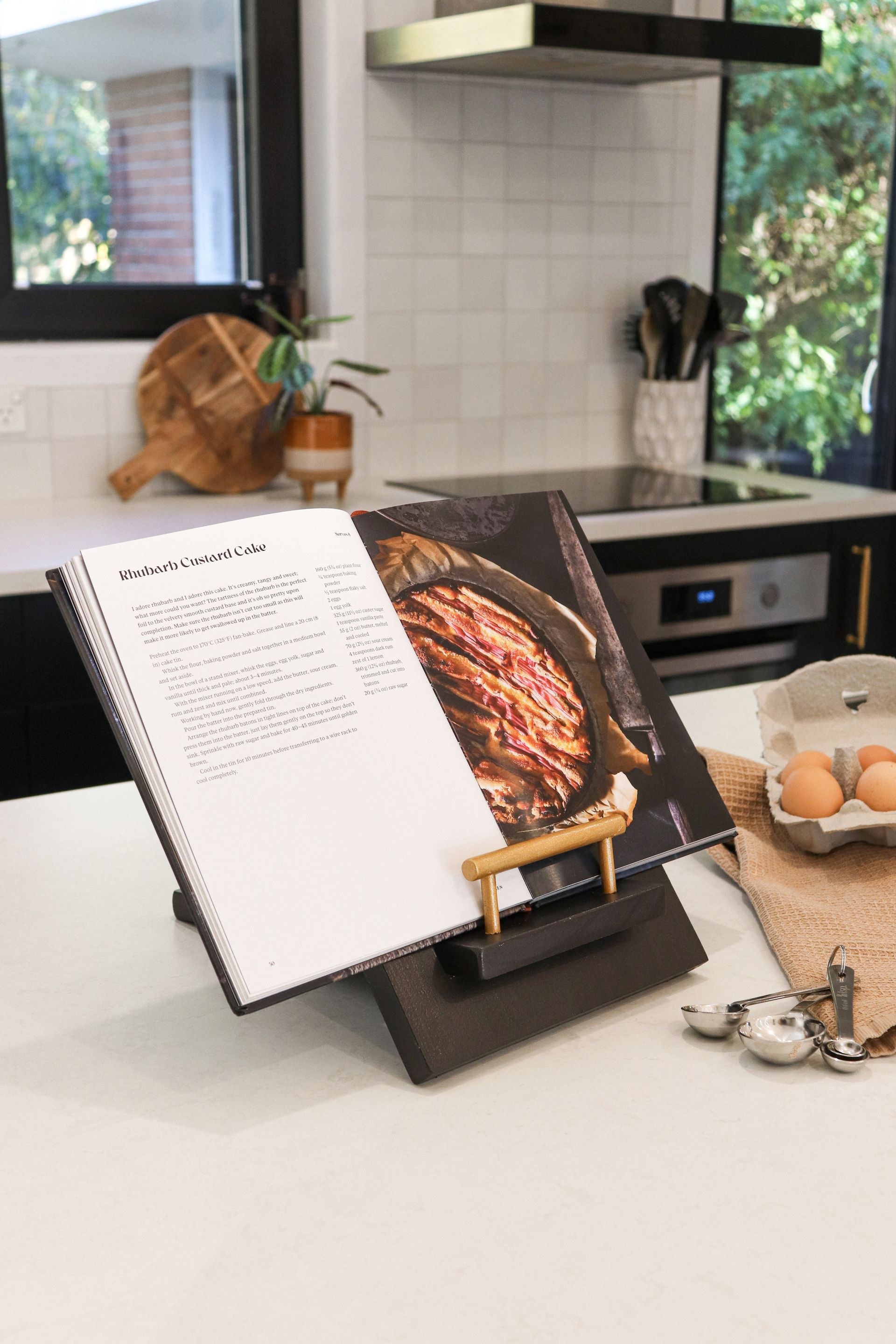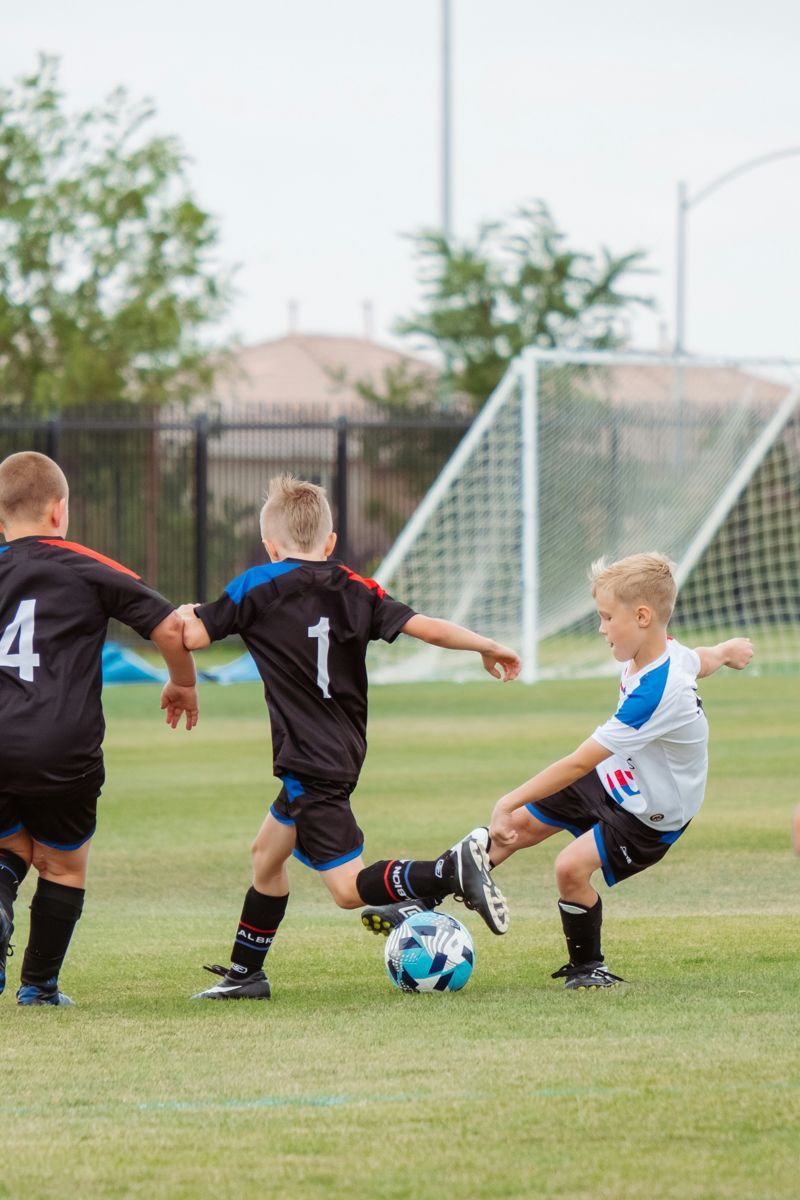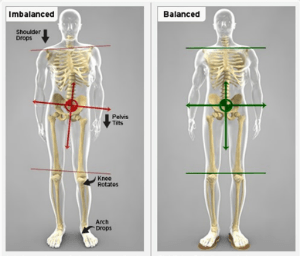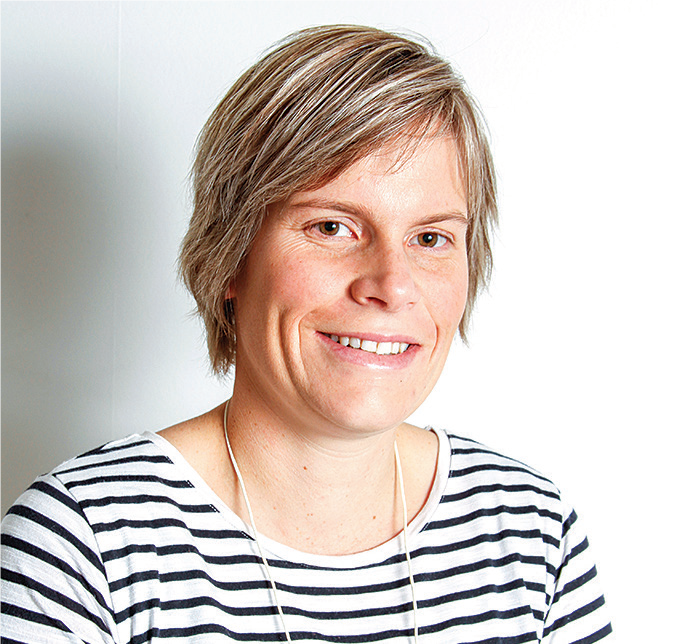Podiatrist Louise Aubrey helps us understand what the foot-body connection is, and how it affects our balance and alignment.
According to ACC Statistics NZ in 2018, injuries from falling represent a whopping 39 per cent of all ACC claims and cost New Zealanders $1.1 billion. The risk factors considered to have a high association with falls, which are also modifiable, include age, limitations in mobility, impaired balance and walking patterns (gait), reduced muscle strength and poor reaction times.
Of course age is the biggest risk. As the human body gets older, proprioception and muscle strength weaken, and reflexes in reaction to sudden changes decline due to the physiological effects of ageing. These affect the body’s ability to balance and increase the likelihood of an injury from a fall, but there are also the structural misalignments that some of us are born with, such as those with flat feet or scoliosis that can cause us to fall no matter what age we are.
Your feet are your foundation. If the foundation of your home has a crack in it, the entire structural integrity of the building is compromised. This is likewise true with your body. If your feet are unsupported this can make your whole body unbalanced and increase your risk of injury. Misalignment can start small; in fact you may not even notice that it has occurred.
Your footwear plays two important roles – firstly balancing the lower limb on the ground, but also stabilising the foot within the shoe. So not only does footwear help protect your foot and lower limb from the external environment, but it balances the whole body on the ground (which is not always a steady environment). So investing in the right footwear for your feet is important. After all, you wouldn’t tolerate a wobbly foundation in your home!
A Lot of Twisting Where There Shouldn’t be Any!
Understanding structural misalignments at a glance.
Overpronation: The foot in the image (on the left) is over pronated, rolling too far inward. Some pronation is normal but when it is excessive it can cause any number of issues affecting the body.
From Foot Pronation to a Twisted Knee: To support the weight now being put on the inside of the foot, the knee starts to turn inward, creating excessive torque and strain on the knee structures.
Twisted Knee to Rotated Pelvis: To try to keep the knee from twisting, the pelvis follows the knee, rotating inward and pulling the lower back with it. The lower back is connected to the spine which then twists unnaturally, taking the shoulders, neck and jawbone with it.
Timaru-based Podiatrist Louise Aubrey runs The Alignment Clinic at Aubrey Podiatry, South Canterbury’s only clinic dedicated to the assessment, diagnosis, treatment and prevention of injuries to the lower limbs and feet. Louise’s mission is not only to improve her patients’ injuries but to improve their structural function as well. Louise also offers a range of orthotic-friendly footwear that helps support your arch during gait. www.aubreypodiatry.com
Recent stories



All Rights Reserved | CountryWide Media



